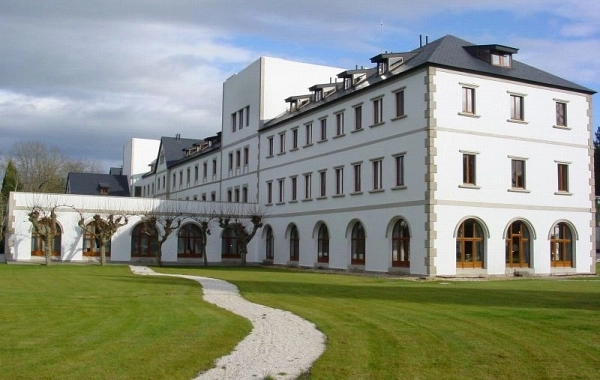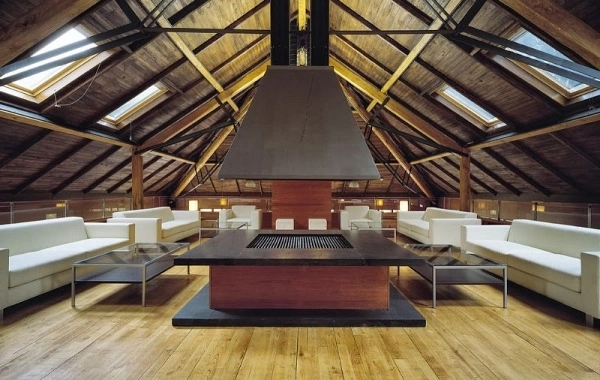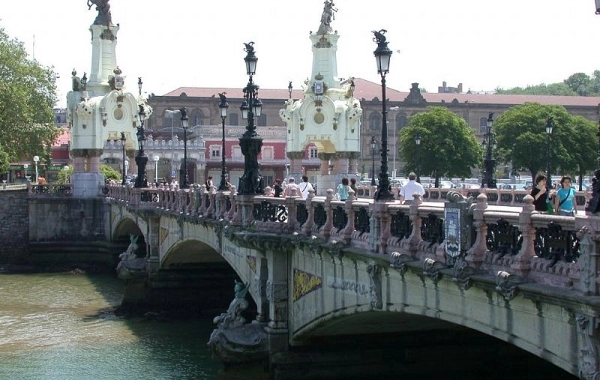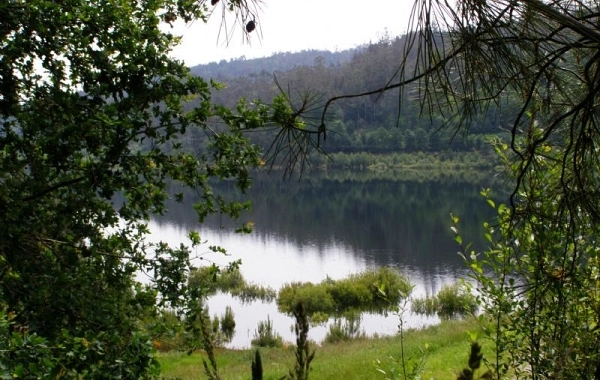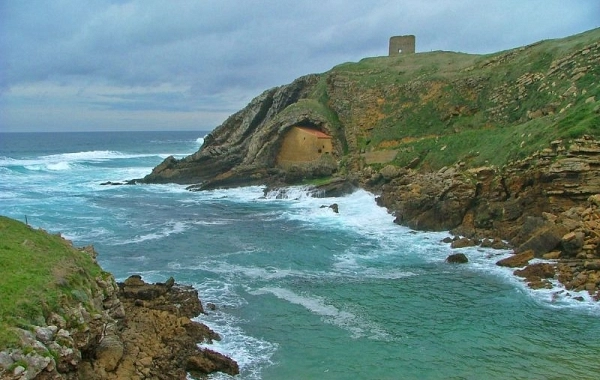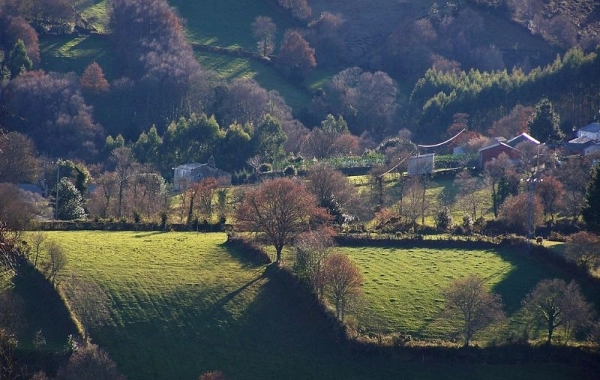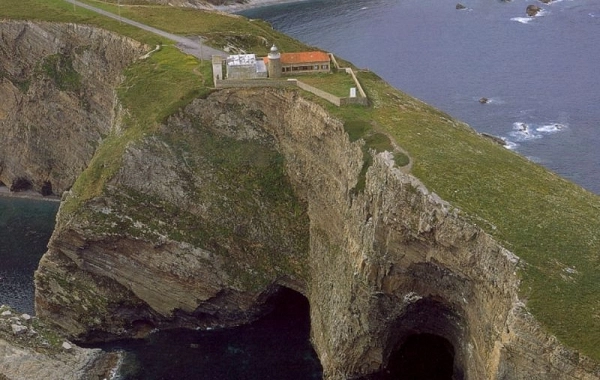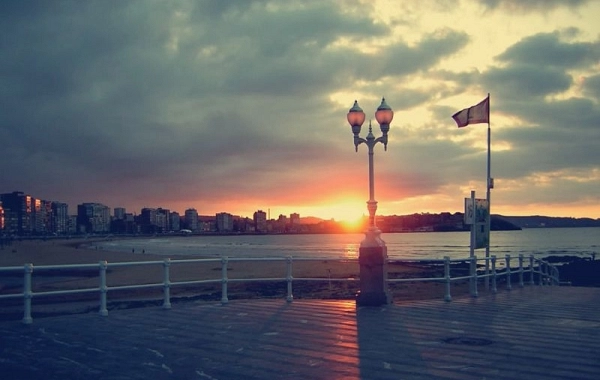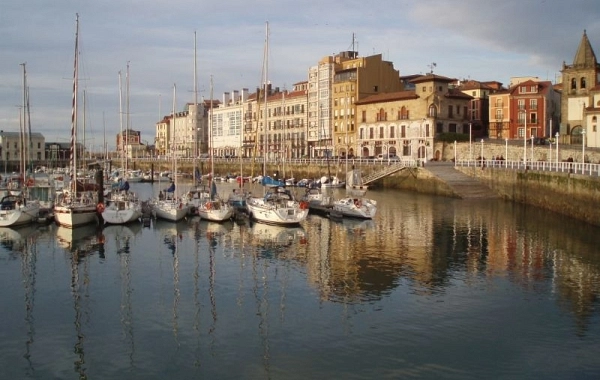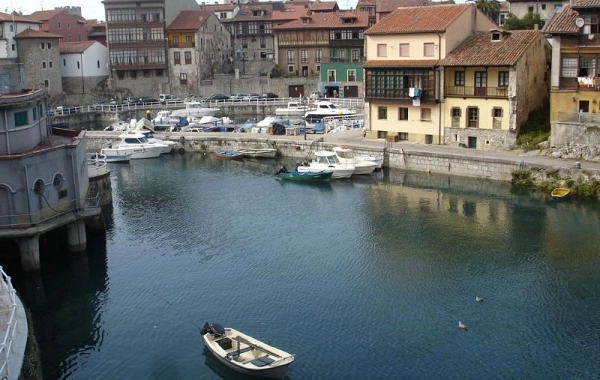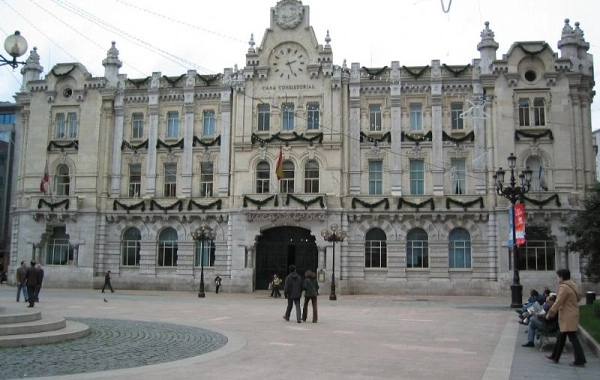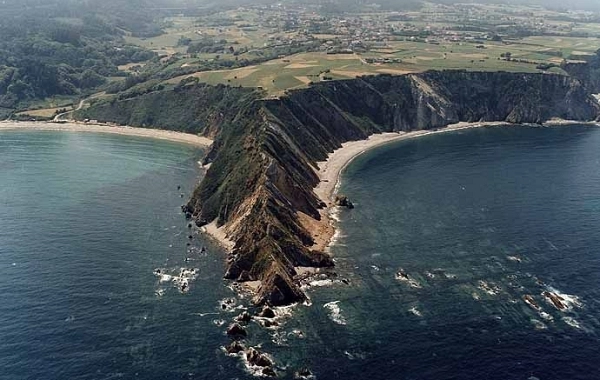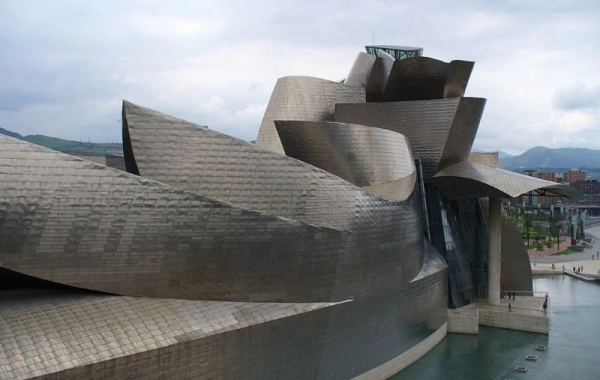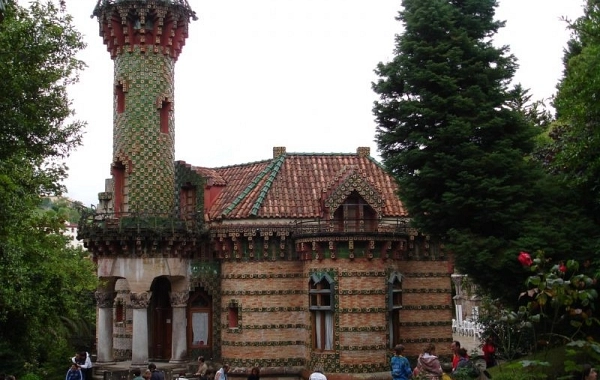Maps and Routes of the Northern Way
Distance815 Km.Stages31Related packages
The Northern Way, also known as the Coastal Way, is one of the most iconic routes of the Camino de Santiago. It is the second most popular route among pilgrims, after the famous French Way. Known for its natural beauty, this route follows the northern coast of Spain, from the Pyrenees to Santiago de Compostela.
Origin of the Northern Way
The origin of the Northern Way dates back to the discovery of the tomb of the Apostle James. In the 9th century, King Alfonso II the Chaste pilgrimaged from Oviedo, in the young Asturian Kingdom, to the newly discovered tomb in Santiago. This marked the beginning of the Primitive Way, the first route leading to the Holy Tomb.
The Primitive Way
The Primitive Way passed through the Cantabrian Mountains, passing through places such as Tineo, Fonsagrada, and Lugo. Although this route was more mountainous and difficult, pilgrims soon realized that following the Cantabrian coast offered a much more accessible journey. Thus, the Coastal Way was born, providing a gentler and more comfortable path for pilgrims.
The Coastal Way: A Refuge from Dangers
As the Asturian Kingdom expanded, so did pilgrimages to the tomb of James. Pilgrims began to choose the coastal route, where they felt safer from Muslim incursions in the south. This coastal route allowed pilgrims from mainland Europe, arriving via Irun or the Basque, Cantabrian, and Asturian ports, to reach Santiago without crossing lands occupied by Muslims.
The Northern Way and Infrastructure
With the reconquest of southern territories, the Christian kingdoms of Navarra and Castile understood the importance of the Camino de Santiago and began developing infrastructure to support pilgrims. Burgos, hospitals, and inns were built, improving the route and facilitating pilgrim transit. Over time, the coastal route was diverted inland, where it merged with the French Way, the busiest of all the routes.
The Northern Way Today: A Popular Route
Today, the Northern Way remains one of the most beloved routes for pilgrims seeking a unique experience, surrounded by nature and stunning landscapes. The journey offers rich history, and along its stages, pilgrims can find numerous monuments, bridges, and hostels that bear witness to the historical importance of this route.
Map and Stages of the Northern Way
To plan your pilgrimage, it is essential to have a good map of the Northern Way to guide you through each of its stages. From the starting point in Irun to the arrival in Santiago, the route is divided into several stages, catering to different levels of difficulty.
Some of the best-known stages of the Northern Way include:
- Irun to San Sebastián
- San Sebastián to Bilbao
- Bilbao to Santander
- Santander to Llanes
Each stage offers a unique combination of coastal landscapes, mountains, and towns filled with history.
Conclusion: Your Adventure on the Camino de Santiago
The Coastal Way is a perfect option for pilgrims looking for an alternative to the French Way, with the advantage of traveling along a less crowded route but equally rich in history and natural beauty. Whether you follow the Coastal Way or the more inland path, the final destination is always the same: the Compostela, the reward for your effort and dedication on this spiritual and cultural journey.
Remember to prepare well for your route and stages, and enjoy the scenery and history you will find at every step of the Northern Way.
Stages
- CN01 - Hondarribia - San Sebastián-Donostia - 23,8 Km
- CN02 - San Sebastián-Donostia - Zarautz - 22 Km
- CN03 - Zarautz - Deba - 25,2 Km
- CN04 - Deba - Markina-Xemein - 21,8 Km
- CN05 - Markina-Xemein - Gernika - 24,8 Km
- CN06 - Gernika - Bilbao - 29,7 Km
- CN07- Bilbao - Portugalete - 19,7 Km
- CN08 - Portugalete - Pobeña - 13,2 Km
- CN09 - Pobeña - Castro Urdiales - 25 Km
- CN10 - Castro Urdiales - Laredo - 36 Km
- CN11 - Laredo - Güemes - 21,8 Km
- CN12 - Güemes - Santander - 14 Km
- CN13 - Santander - Santillana del Mar - 37 Km
- CN14 - Santillana del Mar - Comillas - 21 Km
- CN15 - Comillas - Unquera - 26,6 Km
- CN16 - Unquera - Llanes - 25,1 Km
- CN17 - Llanes - San Esteban de Leces - 33,9 Km
- CN18 - San Esteban de Leces - Sebrayo - 27,8 Km
- CN19 - Sebrayo - Gijón - 30,6 Km
- CN20 - Gijón - Avilés - 22,7 Km
- CN21 - Avilés - Soto de Luiña - 38 Km
- CN22 - Soto de Luiña - Cadavedo - 19,70 Km
- CN23 - Cadavedo - Luarca - 16,3 Km
- CN24 - Luarca - La Caridad - 29,3 Km
- CN25 - La Caridad - Ribadeo - 22,3 Km
- CN26 - Ribadeo - Lourenzá - 29,5 Km
- CN27 - Lourenzá - Abadín - 24,8 Km
- CN28 - Abadín - Vilalba - 20,6 Km
- CN29 - Vilalba - Baamonde - 20,7 Km
- CN30 - Baamonde - Sobrado dos Monxes - 40,3 Km
- CN31 - Sobrado dos Monxes - Arzúa - 21,5 Km




